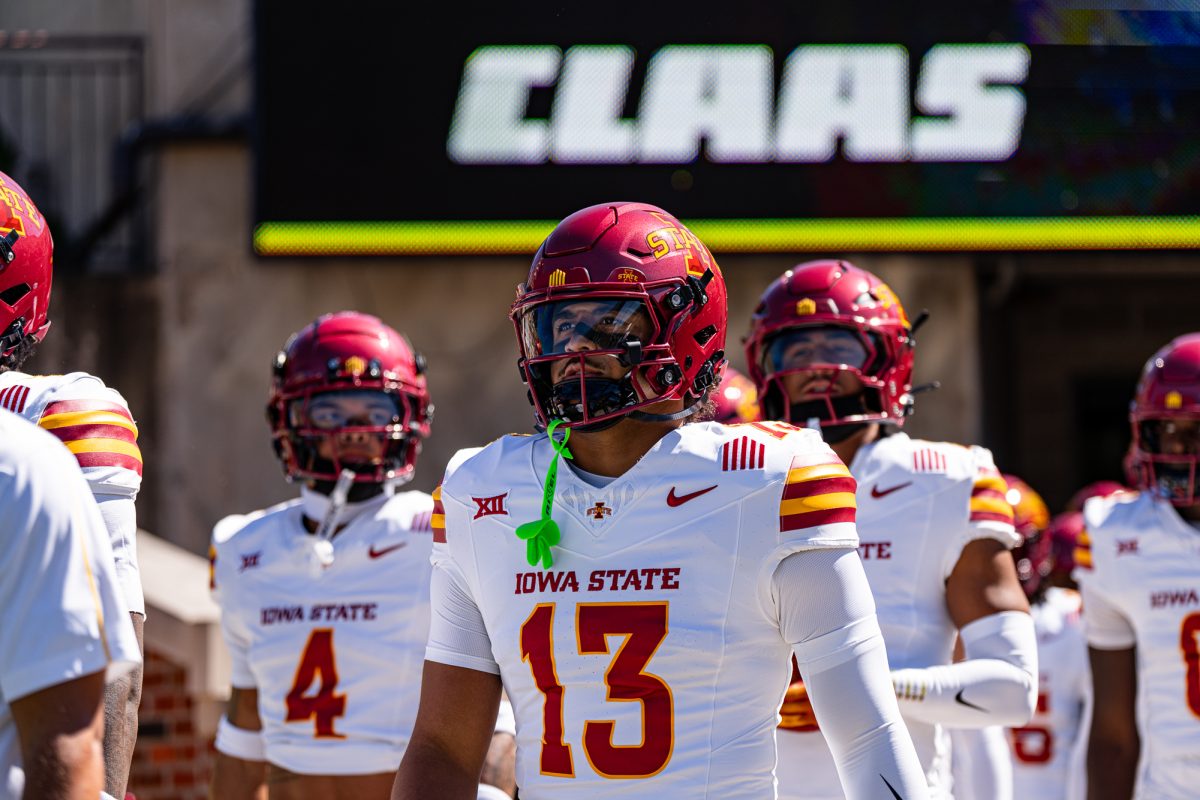A unique environment
November 10, 1997
Think about the times before you came to Iowa State. Had you ever come into contact with people of different ethnicities? If so, how extensive was this contact?
With ISU being predominately white, it’s not surprising that there may be communication barriers between people of different races.
ISU attracts many students from different backgrounds. We definitely do not mirror the demographic makeup of the rest of the state.
We have a unique environment consisting of people from all over the world.
However, our extensive agriculture and engineering curriculum also attracts a majority of students from farm communities.
Many students from these small communities have never interacted with someone of a different race or ethnicity.
Like many people, students may identify people of different races from how they are represented in the media.
When we attend school and are exposed to people of different races and cultures, we take these stereotypes as fact and prejudge people who are totally different from their portrayals in the media.
Avenues to deal with such behaviors are needed at ISU. A student organization called Kaleidoscope Peers does exactly that — they help a not-so-diverse environment with interracial communication.
Just last Wednesday, Kaleidoscope Peers presented a student-led workshop to increase effective communication among people of different races in the Ames community and at ISU.
The student organization consists of students who have workshops to help others with interracial communication. The workshop leaders are not certified, but they learn as they teach.
These workshops are giving students communication skills they can use, not only in school, but in the future as well.
Living in a society where people rarely integrate themselves with people of a different race, learning to communicate can help break down those barriers.
The best solution for ending America’s racial problems is communication. We can only start to heal ourselves when we can honestly and frankly talk with those different than us.
Many schools are taking steps to help address and possibly even solve these problems.
Take Texas A&M for example, recently several students participated in a sort of “racism retreat” where they discussed racism in the past, present and future.
There was a serious amount of misunderstanding going on at the beginning of the retreat but by the end, you would think the world had been changed. People who were once yelling at each other were now hugging like old friends.
Of course it takes more than three days in a cabin with 20 other people to solve the race problems in the world, but it is a start.
We have such a long way to go, but groups like Kaleidoscope Peers are clearly trying to take that first small step.
There are many other steps necessary to accomplish the one final goal, but everything has to have a beginning, and if we are to get the ball rolling we need to start communicating.
Communication is the key to accomplishing anything. In situations which involve the actions, ideas and the time of others we must have the ability to talk to others and convey our messages and feelings to them.
Communication comes in many languages and forms. If we take the time to talk to one another, we may actually learn a lot from each other.
Talking is the one action known to bridge gaps between generations, countries and cultures. Now is the time to begin bridging another one of those ever-present gaps.
Communicating will not magically end racism overnight, but it will help people to understand people’s backgrounds and cultures. From there we can try to eradicate racism.






